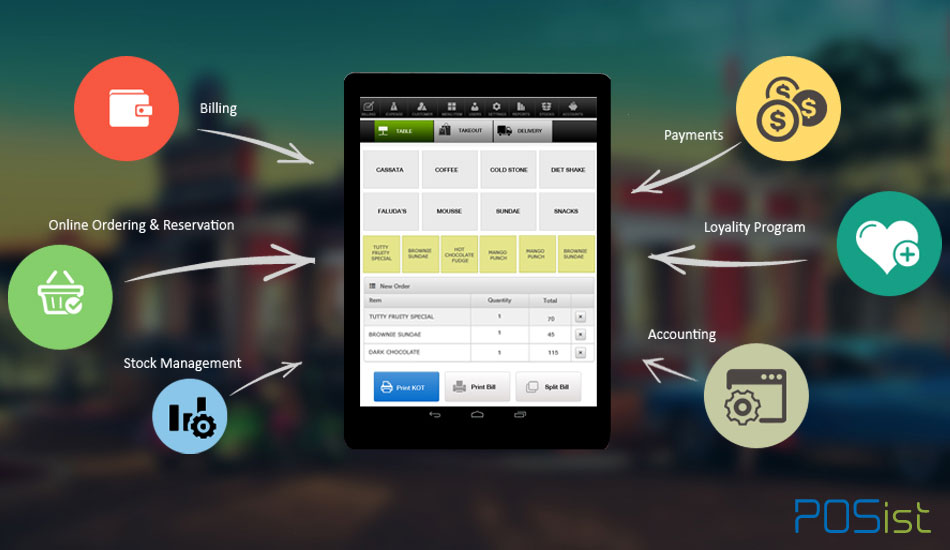In Nigeria, the food industry plays a vital role in the economy, contributing to employment, entrepreneurship, and food security. However, the sector faces various challenges such as inefficiencies, lack of transparency, and limited access to markets. To address these issues, building a successful food operating system is crucial. This article will explore the definitions, case studies, and illustrations of key strategies for establishing an efficient and sustainable food operating system in Nigeria.
Read more about Food
What is a Food Operating System?
A food operating system is an integrated network of activities, involved in the production, processing, distribution, and consumption of food. It encompasses various stakeholders, including farmers, suppliers, processors, retailers, and consumers, as well as the infrastructure, regulations, and technologies that facilitate the flow of food from farm to fork.
Enhancing Agricultural Productivity
Case Study: Olam Nigeria
Olam Nigeria, a leading agricultural company, has implemented innovative farming practices and technologies to enhance productivity. By providing farmers with improved seeds, training, and access to credit, Olam has increased crop yields and quality, benefiting both farmers and consumers.
Illustration: Precision Agriculture
Precision agriculture techniques, such as satellite imagery, drones, and soil sensors, can be adapted to optimize farming practices. These technologies enable farmers to make data-driven decisions on irrigation, fertilizer application, and pest management, leading to improved productivity and resource efficiency.
Strengthening Supply Chains
Case Study: Farmcrowdy
Farmcrowdy, a digital agriculture platform, has revolutionized supply chains by connecting smallholder farmers directly to consumers. Through its online marketplace, Farmcrowdy enables farmers to sell their produce at fair prices, eliminating intermediaries and ensuring transparency in the value chain.
Sign up for the Connect Nigeria daily newsletter
Illustration: Cold Chain Infrastructure
Investments in cold chain infrastructure, such as refrigerated storage facilities and transportation, are essential for preserving the quality and safety of perishable food items. By maintaining proper temperature control, spoilage and post-harvest losses can be minimized, ensuring that fresh produce reaches the market efficiently.
Promoting Food Safety and Quality
Case Study: Tomato Jos
Tomato Jos, a Nigerian agribusiness company, prioritizes food safety and quality in its operations. By implementing Good Agricultural Practices (GAPs) and maintaining strict quality control measures, Tomato Jos has gained consumer trust and secured partnerships with major retailers.
Illustration: Traceability Systems
Implementing traceability systems, such as barcodes or blockchain technology, can enable the tracking of food products from farm to consumer. This transparency provides assurance regarding the origin, handling, and safety of the food, promoting consumer confidence and facilitating rapid response in case of foodborne outbreaks.
Leveraging Technology and Innovation
Case Study: Kobo360
Kobo360, a digital logistics platform, has revolutionized the transportation of agricultural products in Nigeria. By leveraging technology, Kobo360 connects farmers with reliable trucking services, optimizing delivery routes, and reducing post-harvest losses.
Illustration: E-commerce Platforms
E-commerce platforms provide opportunities for farmers and food processors to access larger markets beyond their immediate vicinity. By embracing online marketplaces, such as Jumia or Konga, farmers can expand their customer base, increase sales, and overcome geographical limitations.
Register to attend the CN Business Mixer
Conclusion
Building a successful food operating system in Nigeria requires a multi-faceted approach, encompassing agricultural productivity enhancement, supply chain strengthening, food safety promotion, and technology adoption. The case studies and illustrations provided in this article demonstrate real-world examples of organizations and initiatives that have implemented these strategies to drive positive change in the food industry. By embracing innovative approaches, leveraging technology, and fostering collaboration among stakeholders, Nigeria can unlock its potential for a more efficient, sustainable, and inclusive food operating system that benefits both producers and consumers.
Featured Image Source: Posist
Did you find this article useful? Contact us: [email protected]


